It’s no secret I post a ton of sauces, dressings and dips on this site. I think they are so, so important for starting out and maintaining a whole food plant based diet. Why? They add variety and excitement to a plate. It’s where the flavor can come from. It means you can prep a bunch of healthy vegetables, grains, starches at the beginning of the week, and with a couple of sauces you can eat something that tastes different every night. On Tuesday it might be a wrap, on Wednesday a bowl, add different sauces and despite the same grains and vegetables suddenly they are different meals.
It makes your cooking easier, and when you make your own sauces so much cheaper! (A tub of spread is $8+ tax locally!)
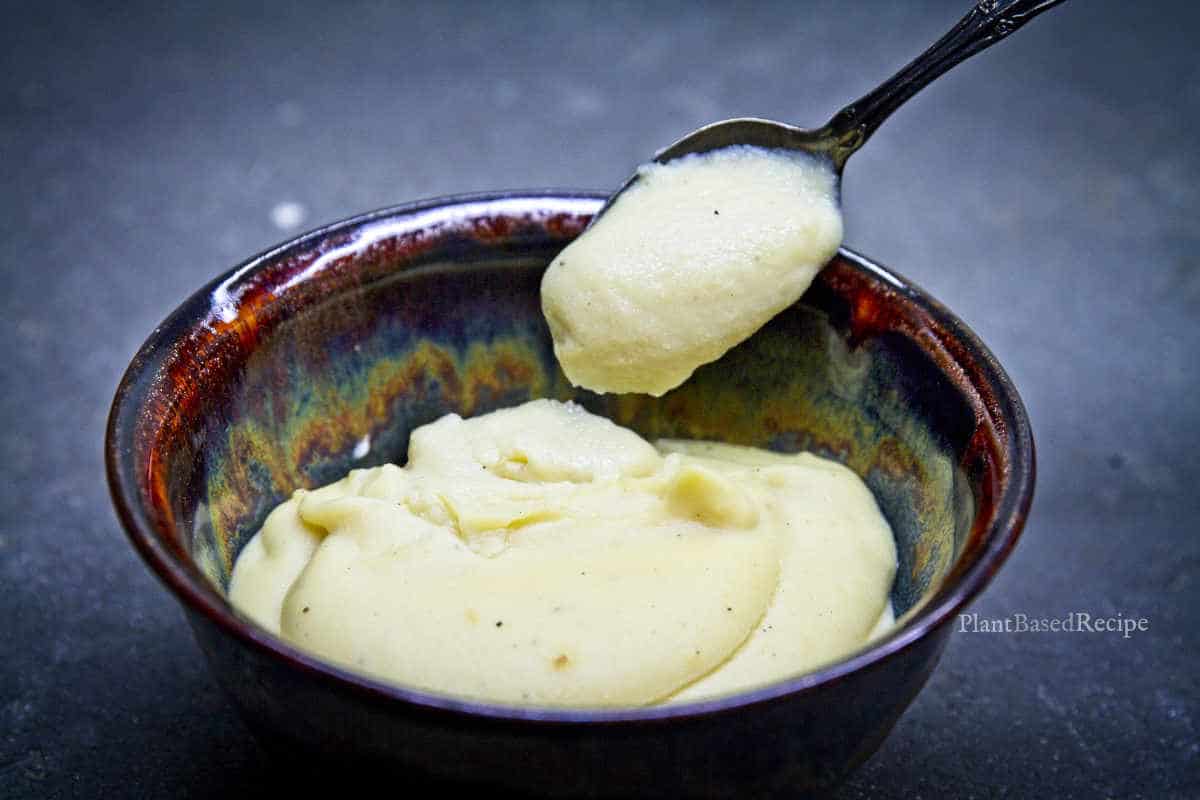
Common substitutions for oil free dressings
So many sauces and spreads contain oil. So how can you get around that oil, what do you replace it with? There are so many options, but here are some of the more common ones:
- Cooked white beans: As long as you are using a high-speed blender for your sauce, white beans are a healthy and low fat way of avoiding oil and thickening a sauce while you’re at it. They don’t add a ton of flavor, which is great if you are trying to thicken a sauce without adjusting what it tastes like.
- Tahini and other nut butters: While this will add some fat, often you only need a little so the sauce/dressing remains low fat. This is a great one if you want to add some flavor, and/or reduce the acidity. Side note: tahini is a nut butter, merely crushed/blended seeds, not an oil. Some jarred varieties *add* oil, so do read the label.
- Avocado: Like tahini, this substitution adds flavor and thickens a sauce, but it is also a high calorie and fat addition so you do need to factor that in if using.
- Fruit or vegetable purees: Applesauce, mango, banana, kale, cooked pumpkin – all of it can blend into a sauce and add a lot of flavor.
- Aquafaba: This what you drain from a can of chickpeas (or the water you cook it in, after its cooked). This can help thicken your sauce without adjusting the flavor much.
- Plant-based milks (such as cashew or almond): This can add some creamy notes to your sauce, and of course fill it out.
- Water, or water and starch: More ways to fill out your sauce, and you can thin it down this way too.
- Flavorings: Oil adds flavor, so after you remove it you might need to add some additional flavor using spices, juices, or sweeteners.
I will often make sure that if I add something that is higher fat, like a nut butter or avocado, I will make sure I am also adding “bulky” lower fat options too.
If you are concerned about what your ratios work out to, use a nutrition calculator like this one at VeryWell to work out what your sauce works out to.
Considering taste and texture
If you are omitting oil from an existing recipe that calls for it, you need to consider the acidity or balance of the remaining ingredients. In many salad dressings, and other sauces, it may make the recipe too acidic. Or, if oil was a significant component and you substituted water, plant-based milk, or aquafaba, there might not be a lot of flavor. Here are some tips to get you started:
- If a recipe is too acidic, you may want to consider adding something sweet to it. You could add maple syrup, or if you are avoiding that you could try applesauce, apple butter, or some other pureed fruit. Avocado blended with some plant-based milk (cashew or almond) is another possibility.
- If you are left with a recipe without much flavor, obviously you can add more flavor or spices. Garlic, ginger, avocado, and miso are often a go-to flavor.
- Texture is always important. If you need to thicken up a sauce or a dressing, you can use a bit of arrowroot powder to thicken a sauce. Or, you can use avocado, tahini, or pureed fruit (just need to watch the fat content in some of those options, if applicable to your preferred way of eating).
- And finally, one of the most important things to remember is how you can modify your sauces and dips. Think about how you want to use it during the week. Are you making a spread that could be easily converted to a salad dressing later in the week by adding some cashew milk? Choose according to your plans, and you will be eating well all week.
[amzn]
Tools
If you are making salad dressings that are similar to a vinaigrette, then a whisk or even a fork is often all you need to combine the ingredients. If you are making sauces, or thicker dressings, you will probably need one of the following tools:
- Food processor: This will work for many sauces and dressings, however it may not make your sauce as smooth as desired, depending on what you are putting into it. For example, if you are blending cashews, you may be left with some very small pieces afterwards. However, food processors are often easier to clean than blenders – so if you can get away with it, this is often my first choice.
- Blender / High-speed blender: This is often preferred for any super creamy or smooth sauce, like Dragon Sauce for example. The blender will crush down your cashews or beans or any other vegetable into a smooth creamy sauce in no time.

Note that the tool you choose can affect the flavor and color in addition to the texture! A high speed blender will blend the ingredients into a finer texture, which often releases a lot more flavor from that element into the overall sauce or dressing. For example, my lemon tahini sauce tastes completely different if you blend the parsley ingredient in the dressing (instead of pulsing it in the final step). The sauce turns green, and will have a strong parsley flavor.
For heated sauces, such as gravies, then you are probably using a pot on the stovetop or the Instant Pot. In either of these cases, you may also be using a blender or food processor.
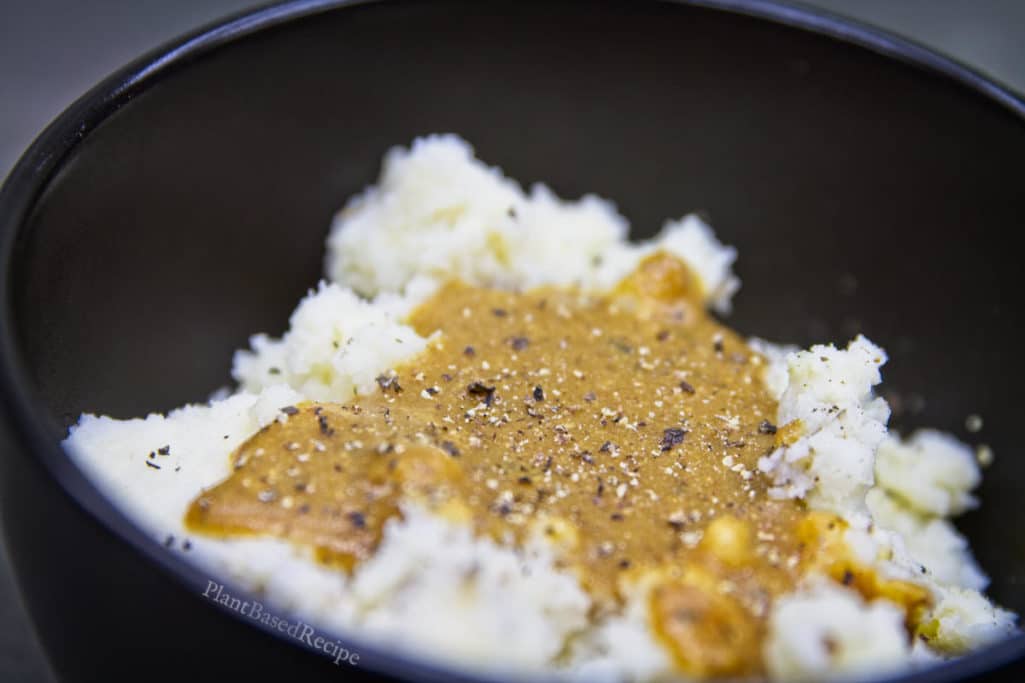
What about cooking on the stovetop? Or baking?
There are many different ways to omit oil in all of your plant-based cooking. Here are some further articles on these topics from the site:
How to replace oil or fat in your vegan baking recipes
How to choose non-stick cookware for oil free cooking
Find oil free recipes for sauces, dressings, dips and spreads
Are you looking for a bunch of oil free sauces, dressings, dips and spreads? We have a whole bunch on the site, and you can find them here.
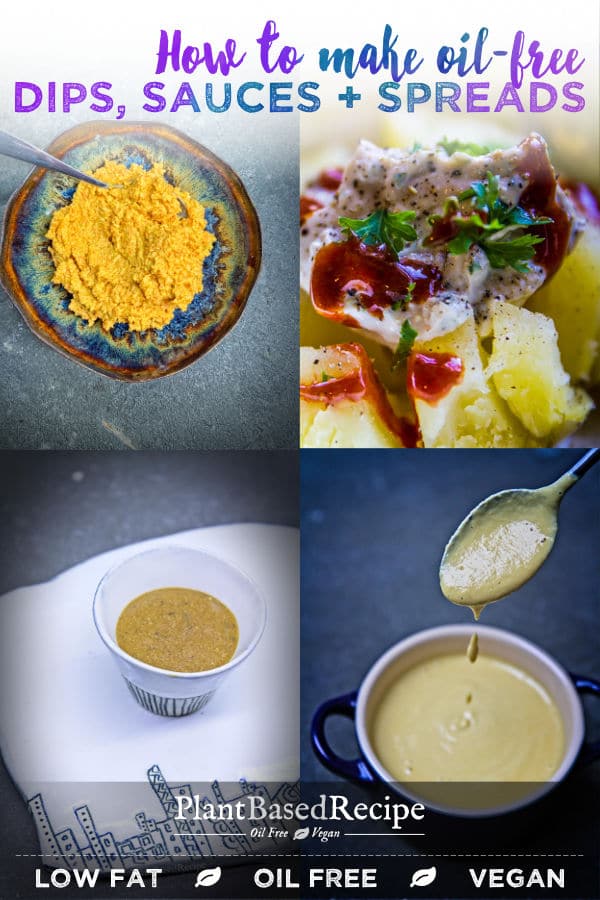
- Pad Thai Protein Salad recipe from The Plant-Based Cookbook + Book Review and Giveaway! - December 9, 2020
- Lemon ginger bowl sauce with miso recipe (Oil free, no added sodium) - November 30, 2020
- New vegan bacon at Whole Foods Market – 300 store roll-out - November 15, 2020

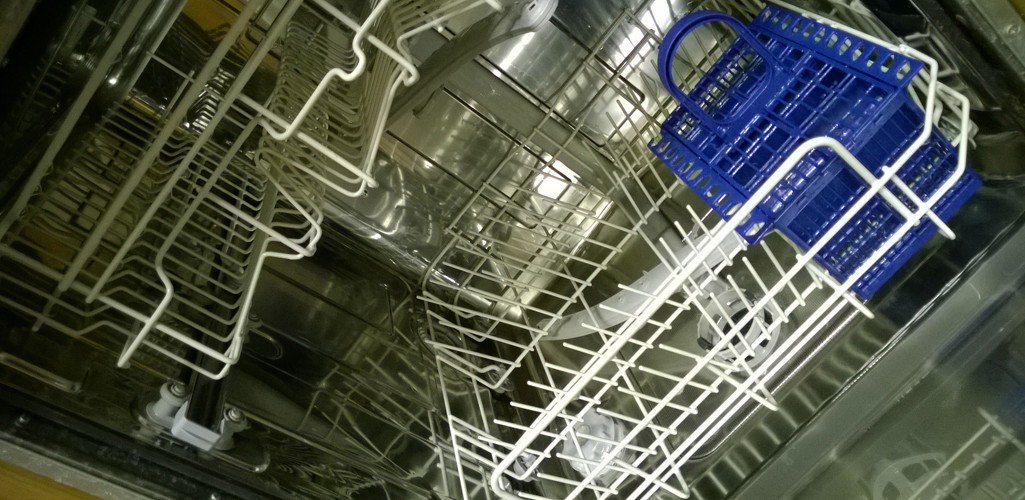
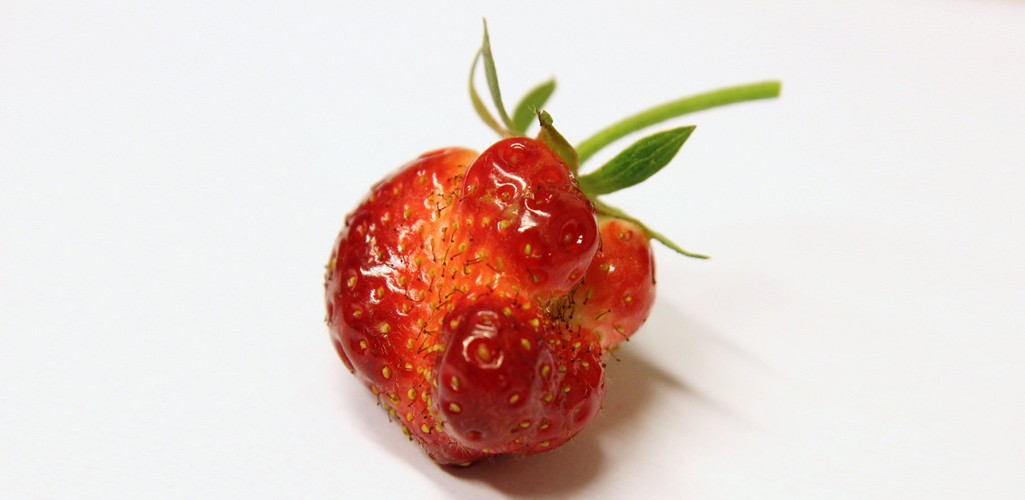
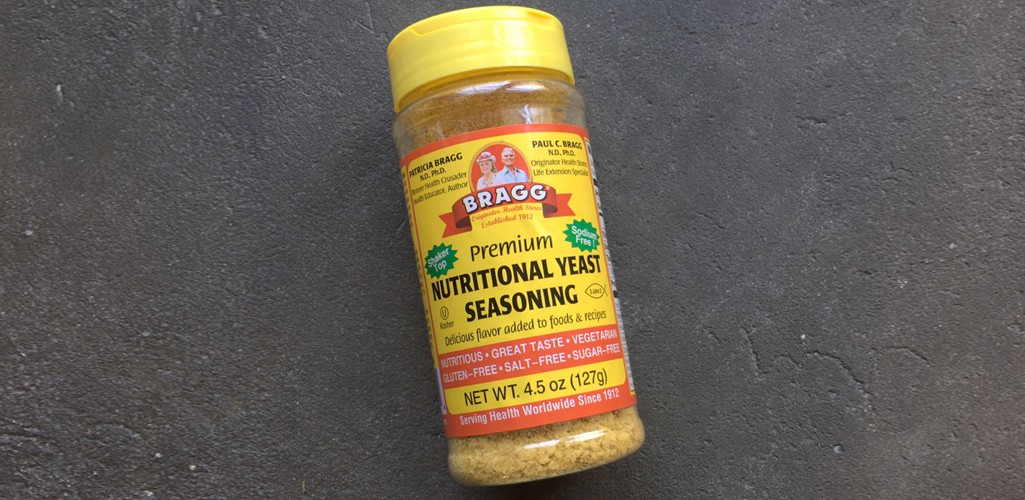


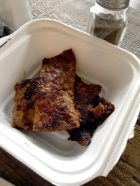
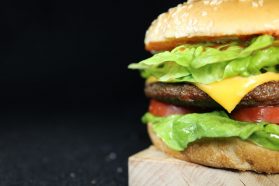
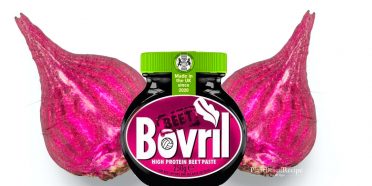


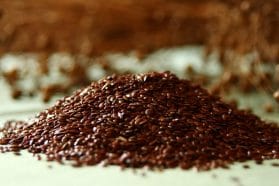
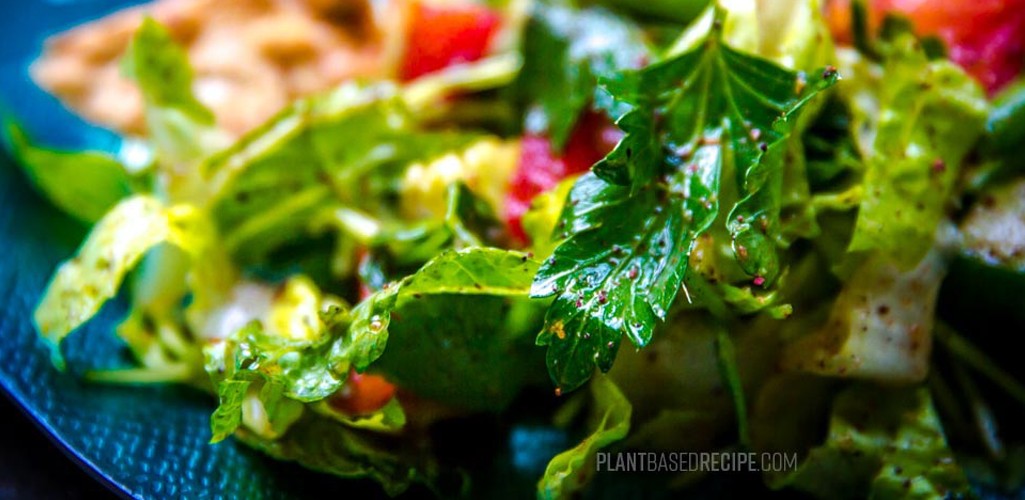

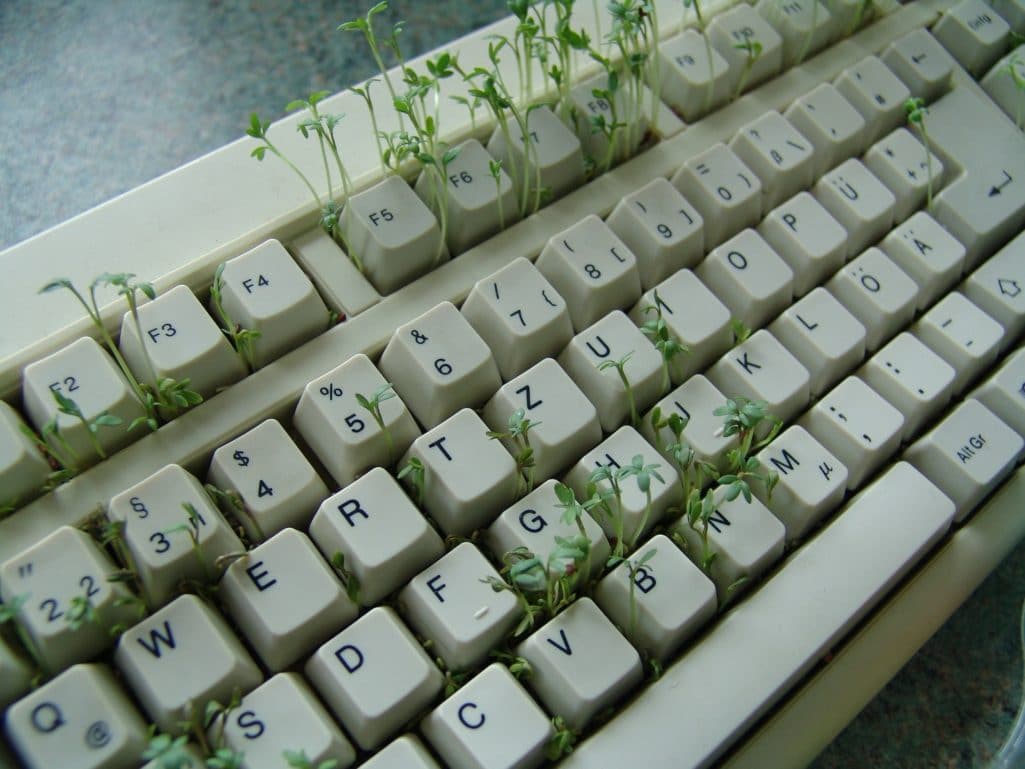
Chris
Thank you for this! Any tips on how to make things like chick peas less grainy when making oil free sauce?
Jen @ Plant Based Recipe
Hi Chris! I typically will blend aquafaba (either from cooking, or from the can) when I make hummus, and I blend them very, very thoroughly and haven’t noticed any graininess. I am using a food processor usually (Cuisinart), not a high speed blender – but if you still experience graininess then switching appliances (if possible) may help too.
Hope
I’ve found that removing as many skins as possible from the chickpeas leads to a smoother and less grainy result.